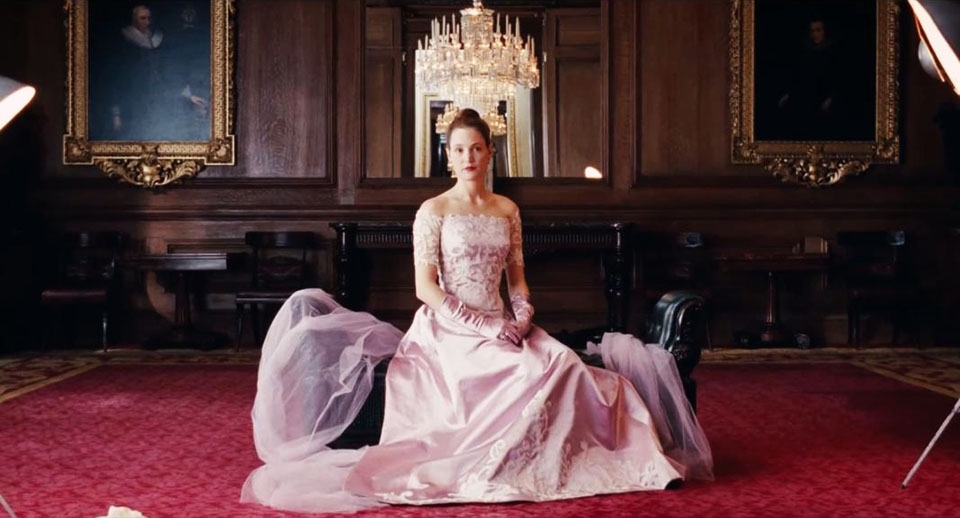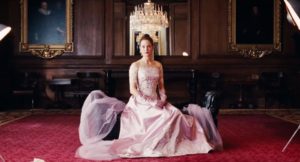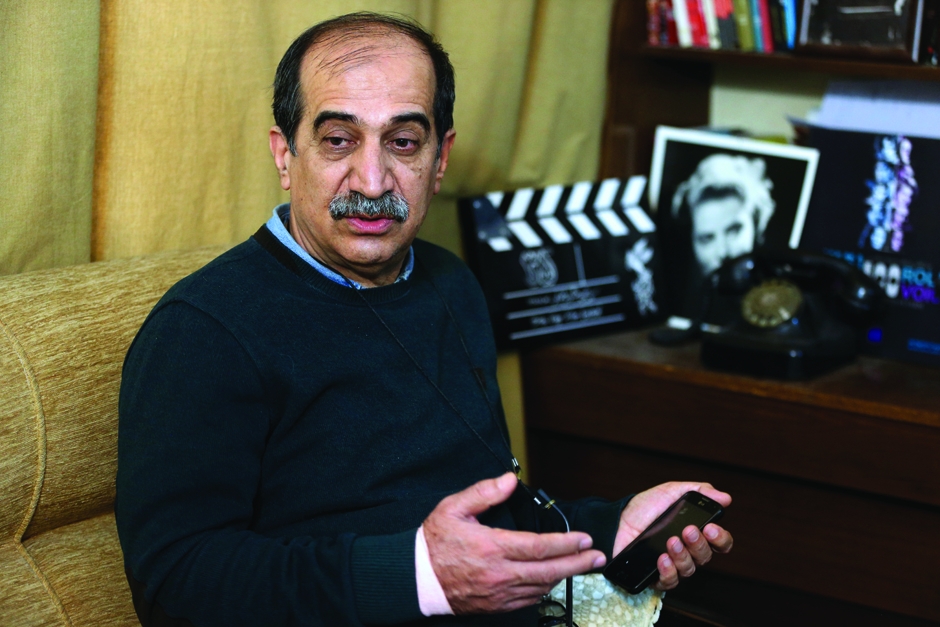

Phantom Thread, though Oscar-nominated, only grossed $3.8 million since its full release on Jan. 19.
By Salena Moran & Evan Penrod | Staff Writers
01/25/2018
From the mind behind Boogie Nights and Punch-Drunk Love comes Paul Thomas Anderson’s all-around exquisite period piece, Phantom Thread.
Phantom Thread revolves around designer and bachelor Reynolds Woodcock (Daniel Day-Lewis) who attracts a variety of women that serve as both short-term companions — and inspirations. His very structured and scheduled life takes a turn upon meeting the headstrong beauty Alma (Vicky Krieps) who soon becomes a fixture in his life. Throughout their time together, Alma and Reynolds’ toxic give-and-take relationship alters the fabric of a traditional love story.
In terms of plot structure, the film possesses no major conflict and instead shows the relationship between the characters over time in more of a continuous experience. While prolonged movies like Manchester by the Sea tend to drag, this movie presents new conflicts and drama as the characters’ relationship progresses. Our sympathy seemed to alternate between Alma and Reynolds, making both characters paradoxically liked and loathed simultaneously. These conflicting feelings reveal something truthful about the nature of romantic relationships with the satisfaction of being wanted/needed and the grief of rejection.
This film also features brilliant camera work that beautifully paints scenes according to the mood. The camera enhances the atmosphere and scenery of this piece, presenting fluid and smooth scenes when the seamstresses sew, for example, and contrasting it with choppy and rough scenes during heightened drama. The camera angles also show the background and characters from a more interesting perspective, and the addition of dim lighting cast haunting shadows on the characters’ faces.
Since this film revolves around the fashion industry, it would be an injustice not to comment on the excellent costume work of this piece. When words fail, the imagery of the fabric speaks, expressing a kind of passion and uniqueness. During fashion show scenes, each woman dresses in vastly different ways that suit her body type. This provides a visual representation of the costume designer’s variety of skills and abilities. Phantom Thread has been nominated for an Oscar in Costume Design, and rightfully so.
Another fantastic, well-executed component of this film shines through in the musical score, whether it be basic piano pieces or swelling orchestral movements with violin solos. Every musical selection sounds to fit the mood and create another layer of enjoyment. Great music within a film can develop a heightened sense of believability and immersion into the experience. This is a film where the craftsmanship surpasses the craft itself.
Possibly the only criticism to be had is in the artistic execution of this movie. If you are one that wants to be spoon fed every single detail about a film, then save your money. This film bears the most weight in the impact it leaves on the viewer than any actual message.
For those wanting to experience something aside from a superhero movie or sequels, Phantom Thread excels in all aspects of direction, score, cinematography, acting and set/costume design.



